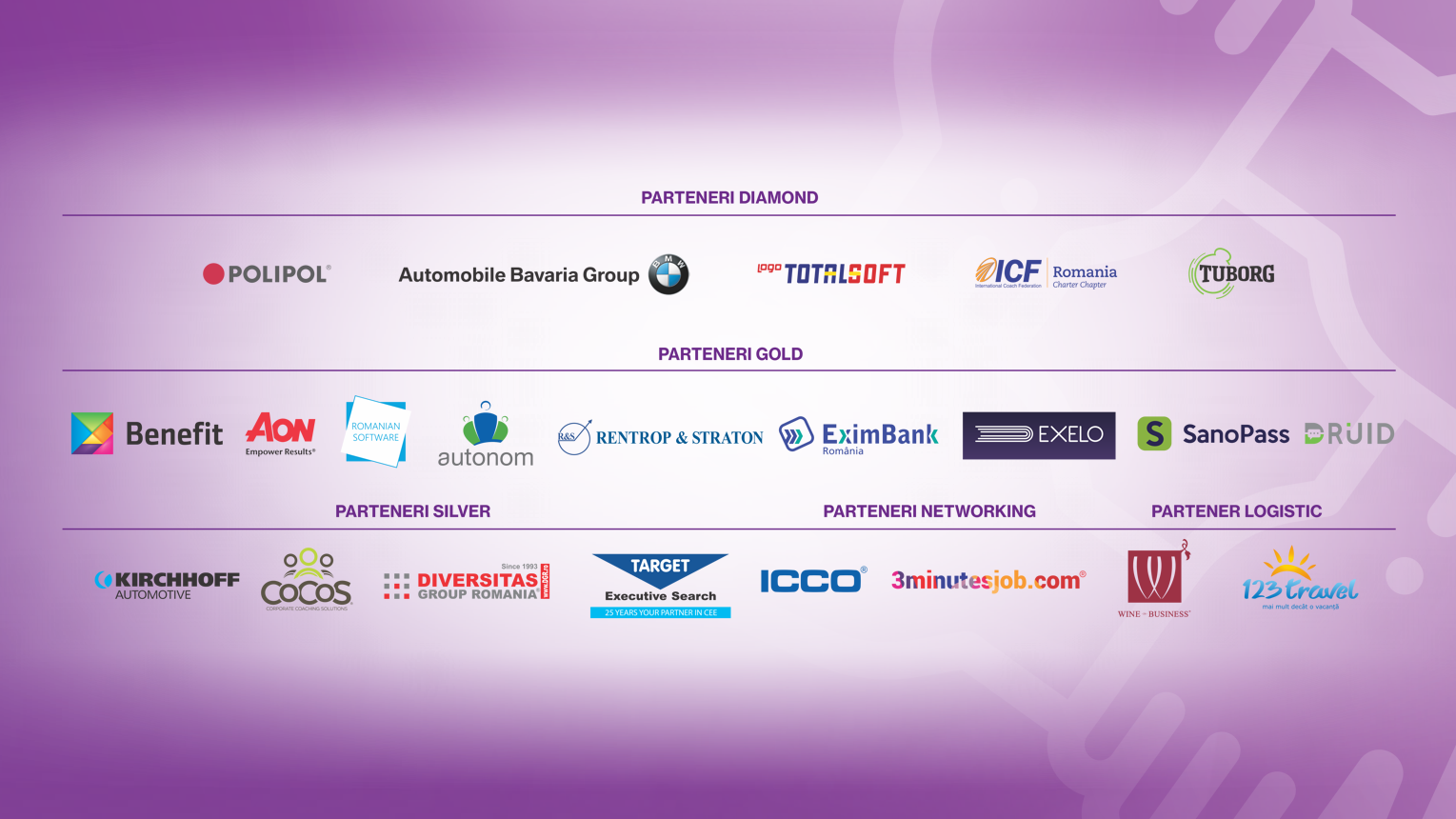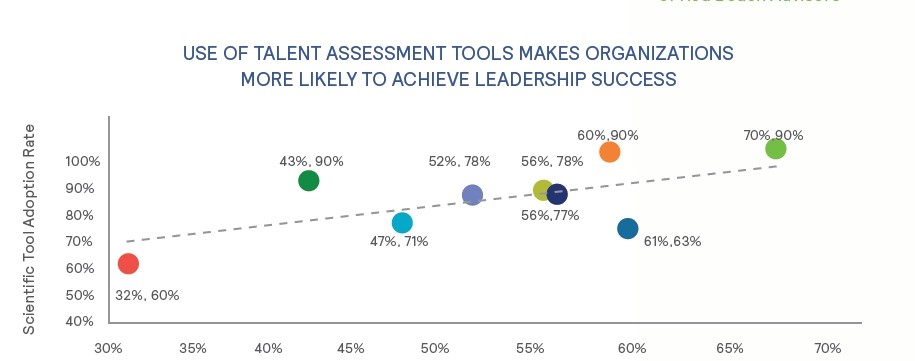Dominant Vs. Prestigious: What Kind of Leader Are You?
It is widely known that there are leaders who have different approaches and styles which, ultimately, leads to various consequences when they do something wrong or out of line. On the other hand, some leaders get out of situations their own actions created, or are simply given the benefit of the doubt. In a recent study published in the Academy of Management Journal, it has been revealed that leaders are dealt with their mistakes in direct correlation with how they achieved their status in the organisation.
In the field of social psychology, there is a theory that goes around explaining how leaders achieve their status and how they exert influence on various groups of people. Essentially, there are 2 distinct paths: through prestige or through dominance. There is a clear pattern in which leaders are being punished for their misdemeanours directly depending on which way they have obtained their status.
Leaders who obtain this status through dominance are very assertive and forceful-minded people and do not hesitate in getting their opinions known and do not flinch when they have to influence other people through intimidation or coercive tactics. Due to their ruthless proactiveness some people may think that they are integral in a group’s success. The best example of such a leader is Steve Ballmer, former CEO at Microsoft, who was known for being a very tough individual, who had a lot to ask of its teams and which definitely represents the ‘model’ for dominant leaders.
On the other hands, prestige leaders act like a teacher, they are people who are more than willing to share their skills, time, expertise and knowledge with other members of the group. Due to the fact they help members of their teams develop and hone their skills, they are also viewed as quintessential to a groups’ success. Such an example in this case would be Satya Nadella, current Microsoft CEO and is known in the world of business for his collective and established approach which in turn makes him the archetype for the prestige leader.
It is widely known that aggression has numerous levels on its scale and we all have to agree that there are some jobs which require a certain degree of combativeness, it could be a decisive quality in some distinct scenarios. For example, there are CEOs who are better suited to negotiate and facilitate hostile takeovers, litigation lawyers who are required to take charge of the courtroom, or a police officer. These careers ‘demand’ behavioural traits which are closely aligned to aggression due to the simple fact that they can be extremely advantageous.
As mentioned earlier, dominant and prestige leaders are being punished differently for their mistakes or lack of results and there are two reasons why. Firstly, dominant leaders are perceived as highly unethical and selfish and because of this they are having difficulties in making themselves believed when an error occurs. It will always a subject of discussion whether it was intentional or not. However, prestigious leaders are treated completely different in a similar scenario due to the fact that people trust them.
Secondly, it is widely accepted that ‘prestige’ leaders possess altruistic traits and a strong moral compass. Hence, a mistake done by a prestigious leader would be seen as far less reprehensible, less immoral and less unethical due to their virtuous nature and history. In layman terms, these types of leaders have ‘moral credits’ in their ‘moral bank account’ which makes small ‘withdrawals’ whenever a problematic situation arises. In the case of ‘dominance’ leaders, their ‘moral bank account’ is virtually empty, thus leading to situations in which they are being judged more harshly as being immoral and unethical.
In order to further demonstrate the aforementioned study’s findings, statistics and players from the National Hockey League (NHL) have been carefully observed over the course of 2 seasons. The hypothesis that was followed through was on players who were penalised for minor fouls. These fouls are usually difficult to assess and are awarded almost instantaneously by the referee, which are prone to a bias assessment of the situation. Over the course of 2 full seasons of NHL, it was discovered that high-status players who are associated with dominant traits have been penalised more by the referees in the cases of minor fouls. This, of course, was the opposite for high-status prestige players. The discrepancy in punishment was discovered to be about 13%, which in time translates to 4,33 minutes spent on the sidebar over the course of 1 season.
In relation to their employees, dominant leaders struggle more in terms of employee retention given the fact that their aggressive style of management makes employees unhappy and losing their desire to do good work. This obviously leads to a toxic workplace environment. Furthermore, if the situation prolongs itself in time it can lead to productivity losses, high absenteeism rates and an abundance of employee turnover.
There are, of course, various strategies through which ‘dominance’ leaders can change their behaviour in order to, at least, improve their relationship with the employees.
- Opening, encouraging and maintaining an open communication between the leader and its team, whilst also starting a two-way street in terms of feedback to and for the leader.
- Speak directly to the leader and appeal to his sense of logic and explain how the actions he or she takes impact the whole business.
- If you are dealing with a narcissistic leader, it would be recommended to present your feedback in regards to their behaviour by explaining that it could negatively impact their goals. Avoid making direct behavioural criticism.
- Refuse rewarding or promoting leaders who are aggressive and that can be detrimental to the company’s bottom line.
In conclusion, it is recommended to address the behaviours of dominant leaders from the beginning of their tenure and to highlight the utmost importance of stability in the decision-making process, which could directly increase the productivity, satisfaction and quality of employees.
There is a real value in providing companies with the tools to carry out regular organisational assessments and this is where Great People Inside comes to your aid. Our online platform offers the best solutions and tools for your company to thrive in every type of industry and any possible situation your organisation may find itself. In terms of lowering your employee turnover rates, we recommend our GR8 Full Spectrum assessment for hiring and 360° Survey for retention. Finding the right talent, the best fit for the job and your organisation can be a very challenging task. It requires deep knowledge of your own organisation’s culture and a keen understanding of the candidate’s personality, strengths, interests, work style and other characteristics. Our technology and solutions will do the work for you, helping you find employees who can flourish and reach the highest performance required to constantly bring your company forward.
Request a free demo:
Sources:
https://hbr.org/2019/07/aggressive-leaders-are-more-likely-to-be-punished-for-their-mistakes
https://www.fastcompany.com/3048494/the-difference-between-strong-leaders-and-aggressive-leaders
http://www.wiseworkplace.com.au/_blog/WISE_Blog/post/the-cost-of-aggressive-leaders/





